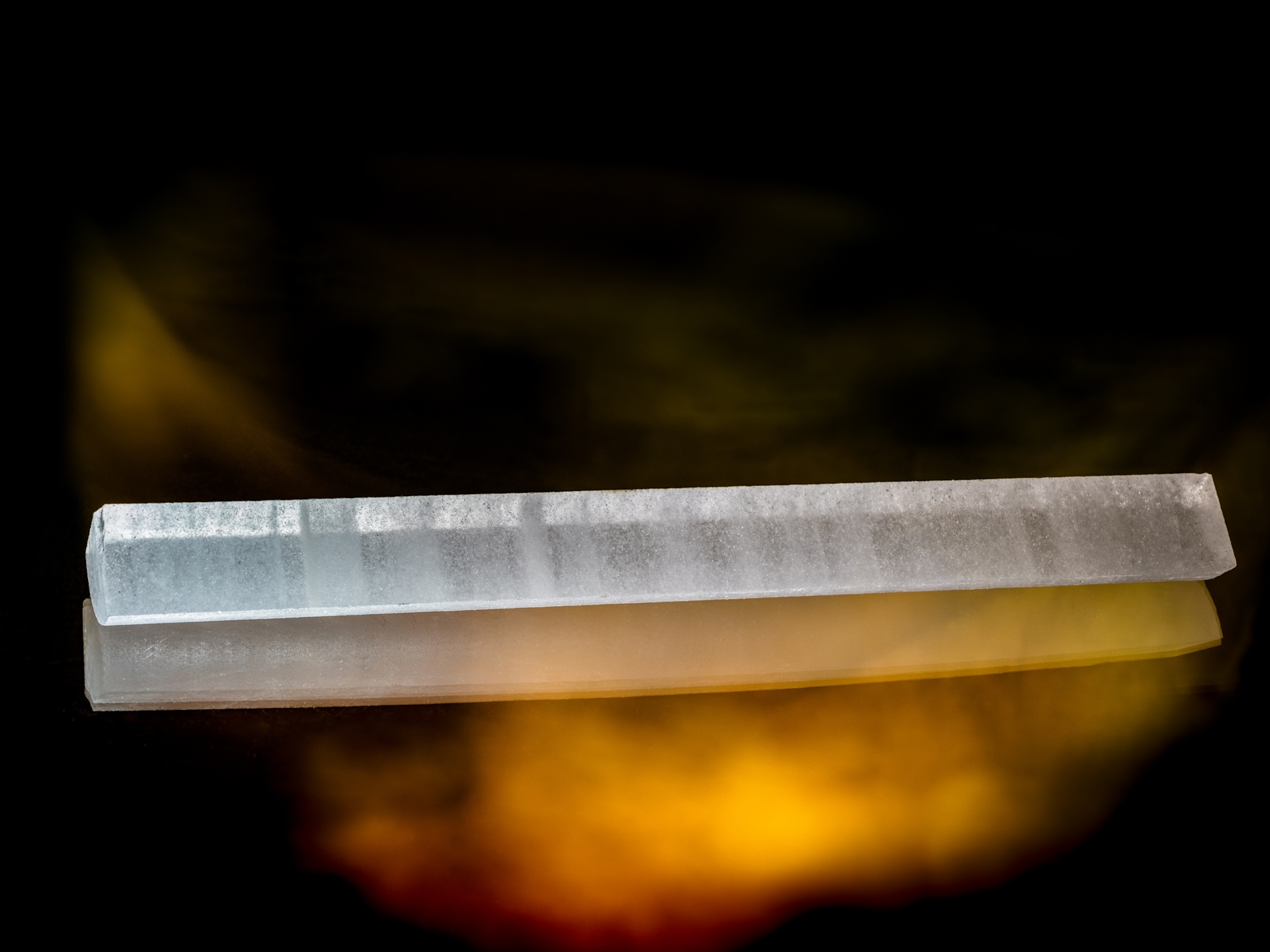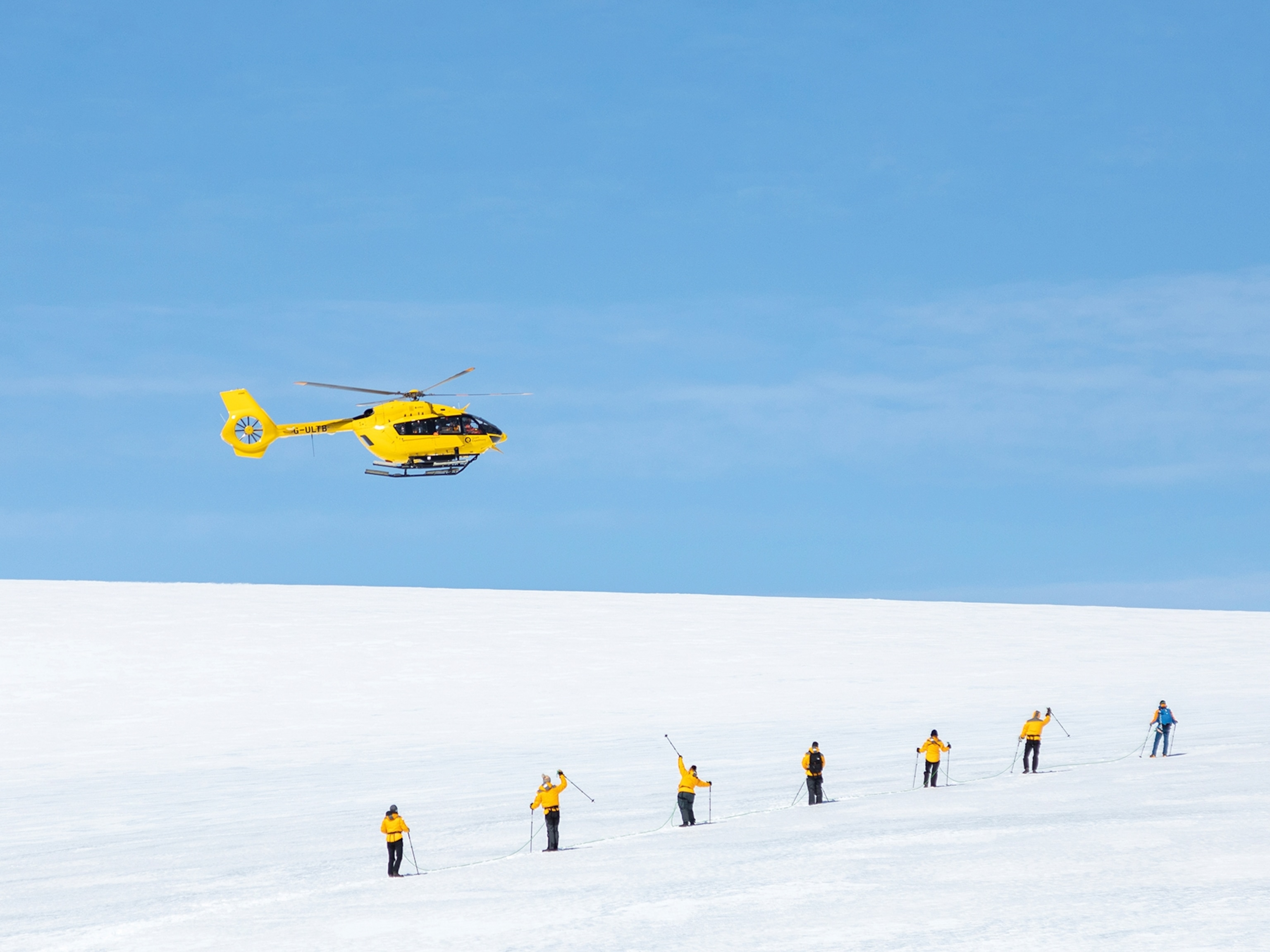Scientists Collect Ice Cores From Glaciers Before They Disappear
Scientists are drilling glacier ice before rising temperatures destroy valuable data.
High-altitude mountain glaciers keep records of our climate and environment captured in ice.
But as climate change causes temperatures to rise, many glaciers are retreating, threatening this treasure trove of scientific data in mountain regions around the world.
In response, a team of scientists is rushing to extract ice cores from glaciers threatened by global warming. This Ice Memory project aims to create the first world library of archived glacier ice.
During the project’s most recent expedition, fifteen researchers from around the world journeyed more than 6,300 meters above sea level to the Illimani glacier in Bolivia. From May 22 to June 18, scientists were able to recover two ice cores down to bedrock, each more than 400 feet in length. Lack of time kept the team from successfully drilling a third. (Read “Antarctica Is Melting, and Giant Ice Cracks Are Just the Start”)
The process came with challenges; heavy snowfall and strong winds slowed down the project for more than a week, and the harsh climatic conditions led many on the trek to each lose more than 10 pounds while at the summit, said Jérôme Chappellaz, senior scientist at CNRS in France and coordinator of the Ice Memory project.
“[The scientists] know what extreme conditions mean and they mentally prepared themselves for this,” Chappellaz said. “They really went far with their dedication.”
Following drilling, the cores are transported to the first world heritage vault of ice cores located at Concordia Station in Antarctica. There, hundreds of ice core samples from all over the world will eventually be stored in a snow cave at -50°C alongside the first cores extracted from Mont Blanc in the French Alps.
The Ice Memory project focuses on glaciers with proven scientific potential. Researchers aim to extract three cores from each selected glacier site—one to be analyzed for reference and two others to be stored in Antarctica for archiving. (Read “What the World Would Look Like if All the Ice Melted”)
The goal is to create a sanctuary for ice cores in Antarctica, Chappellaz said: “A continent devoted to science and peace.”
At the research station, scientists can continue conducting analyses, and future techniques for obtaining data from the samples can continue decades—or even centuries—later.
“New technologies, new ideas will emerge in the future and will make optimal use of these heritage ice cores,” Chappellaz said.
The project, managed by the University of Grenoble Alpes Foundation in collaboration with numerous others, is under the support of the French and Italian National Commissions for UNESCO.
An inauguration ceremony marked the international launch of the Ice Memory project at the UNESCO headquarters on March 8, where researchers met to establish a roadmap for ice core extraction projects in the years to come.
One extracted ice core can provide vast amounts of information, including air temperature history, atmospheric compositions, wind patterns, sea ice concentration, and ice sheet history, said glaciologist and National Geographic explorer Erin Pettit.
When multiple nearby ice cores are combined, scientists can then gain information on the history of patterns in the atmospheric circulation and detect important differences from region to region. (Read “Antarctica Is Covered With More Meltwater Than Thought”)
“We can't predict the future of a system we don't understand to begin with,” Pettit said. “These ice cores tell us what kinds of responses the climate system had to various events in the past, which will help us understand the possible responses to the current forcing we are applying to the system.”
Pending funding, Chappellaz said the Ice Memory project has plans to conduct drilling operations at a dozen other glaciers, including Mount Elbrouz, Mount Kilimanjaro, Mera Peak, and sites in the Swiss Alps and the Altai Mountains.
With the growing plans, Chappellaz said he also hopes more teams of scientists from countries across the glove will contribute to the endeavor.
“I would really have appreciated if my predecessors thought beforehand about rescuing some of the precious ice on which our science relies, before it would be gone forever from the surface of the planet,” Chappellaz said. “Today, this is our goal and our responsibility, as the generation of scientists witnessing the impact of global warming on glaciers.”
Follow Casey Smith on Twitter.





